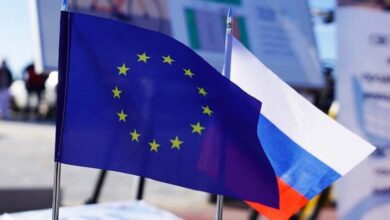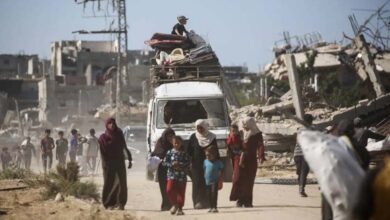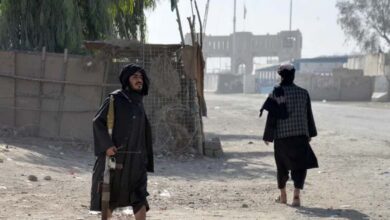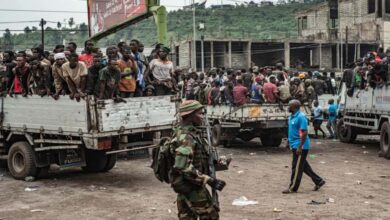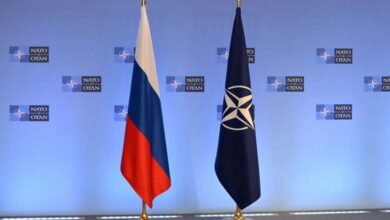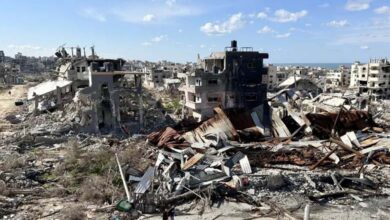Gen Z from the Andes to the Himalayas: Leaderless Voices under the Skull Banner
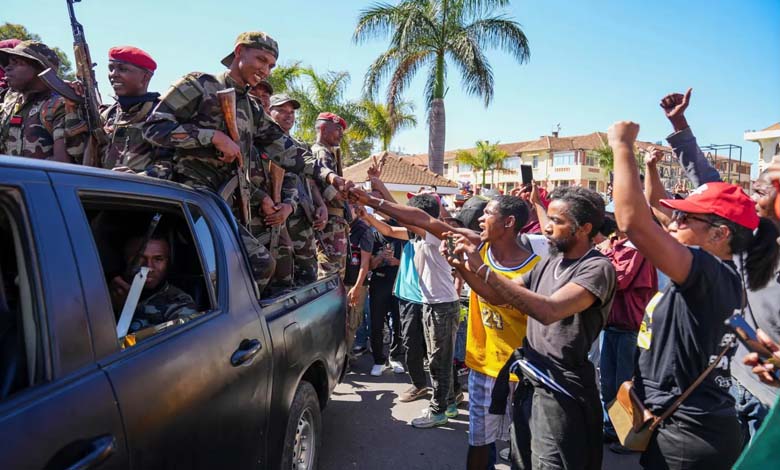
From the Andes to the Himalayas, a new wave of protests is spreading, driven by young people expressing their discontent with political and social realities.
In Madagascar, President Andry Rajoelina was forced to step down and leave the country following a “military coup” that came after weeks of demonstrations led by youths calling themselves “Gen Z Madagascar.” Initially protesting water and electricity shortages, their movement quickly turned into an anti-government uprising.
-
Rebellion in Madagascar: Military unit declares control over the army
-
An Attempt to Seize Power by Force: What Is Happening in Madagascar?
Madagascar thus becomes the latest former French colony where the military has seized power since 2020, following coups in Mali, Burkina Faso, Niger, Gabon, and Guinea.
The uprising in this Indian Ocean island mirrors recent protests in countries such as Nepal, the Philippines, Indonesia, Kenya, Peru, and Morocco.
These movements share one key feature: they are mostly leaderless and primarily composed of young people identifying as “Generation Z”—those born roughly between 1996 and 2010, the first generation to grow up entirely in the digital age.
-
Madagascar’s Gen Z protests enter a new phase as signs of army division emerge
-
A Neo-Colonial Tool of Repression: Three African Countries Withdraw from the International Criminal Court
Sam Nadel, director of the Social Change Lab, a UK-based nonprofit researching protests and social movements, told the Associated Press: “What connects these youth-led protests is a shared sense of frustration at institutions’ failure to address their generation’s concerns—whether corruption, climate change, or economic
inequality. Protest becomes the logical outlet when institutional channels are blocked.”
Different countries, same frustrations
Though their demands differ by country, most of these protests stem from government failures or abuses.
-
Political Events Awaiting Africa in 2025
-
Gold and Drones: Alternative Funding and New Maps of Terrorist Threats in the African Sahel
In Morocco, a leaderless group calling itself “Gen Z 212”—named after the country’s phone code—took to the streets to demand better public services and increased spending on health and education.
In response, King Mohammed VI urged Parliament to accelerate reforms to create more jobs for young people, improve public services, and focus more on rural development.
In Peru, demonstrations that began over pension reform expanded to broader grievances, including worsening insecurity and rampant government corruption.
-
African Union Forces Helicopter Crashes in Somalia
-
Breach of Fortified Cities and Strategic Attacks: Terrorism Unsettles the African Sahel
In Indonesia, violent protests erupted over lawmakers’ privileges and rising living costs, forcing the president to replace key economic and security ministers.
The most prominent so-called “Gen Z” movement was in Nepal, where deadly protests culminated in the prime minister’s resignation last September.
Protesters drew inspiration from successful anti-government movements elsewhere in South Asia—Sri Lanka in 2022 and Bangladesh in 2024—which had toppled sitting regimes.
In Madagascar, demonstrators said they were particularly inspired by Nepal’s and Sri Lanka’s uprisings.
-
Among Them Arab and African Countries: U.S. Negotiates with Third Countries to Host Migrants
-
Arming Dynamics of Extremist Groups in the African Sahel: What Is the Source of Their Arsenal?
What began as demonstrations against power and water cuts soon evolved into calls for the president and cabinet to step down.
On Wednesday, the leader of Madagascar’s military coup announced he would assume the presidency.
At least 80 percent of Madagascar’s 32 million people live on less than 15,000 ariary a day (about $3.25), below the World Bank poverty line.
-
The African Sahel: The deadliest hotspot of violence on the continent for the fourth consecutive year
-
With Weapons and Soldiers, the Russian Bear Strengthens Its Influence in the African Sahel
The story of the black flag
Across several countries, a shared cultural symbol has emerged: a black flag featuring a smiling skull and crossbones wearing a straw hat.
This image comes from the popular Japanese manga and anime One Piece, which follows a band of pirates fighting what they see as corrupt governments.
In Nepal, protesters hung the same flag on the gates of Singha Durbar, the seat of government, and on various ministries, many of which were set on fire. The banner has also appeared in protests across Indonesia, the Philippines, Morocco, and Madagascar.
-
Armed groups deliberately kidnap Europeans in the African Sahel: What are their motives?
-
Rising Terrorist Activities in the African Sahel… “Global Report”
Last week in Lima, Peru’s capital, 27-year-old electrician David Tafur stood in San Martín Square—the current center of weekly demonstrations—waving the same flag.
“In my case, it’s about anger over abuse of power, corruption, and deaths,” he said, referring to the surge in killings and extortion plaguing the South American nation since 2017 amid weakened anti-crime laws.
-
Mauritania Warns: The “African Sahel” Region among the World’s Most Severe Crisis Hotspots
-
Rise in Al-Qaeda activities in the African Sahel… What factors led to this?
Digital mobilization
Social media platforms have become powerful tools of modern activism, allowing young people to connect, share information, and organize events.
Before Nepal’s protests began, the government tried to ban most social media platforms, but young users bypassed the restrictions using VPNs.
Through TikTok, Instagram, and X, protesters exposed the lavish lifestyles of politicians’ children, highlighting the gap between rich and poor and spreading calls to mobilize.
As Nepalese protester Yujan Rajbandari explained, “These movements made young people realize they are global citizens, united by the digital space—a force that now shapes the world.”


